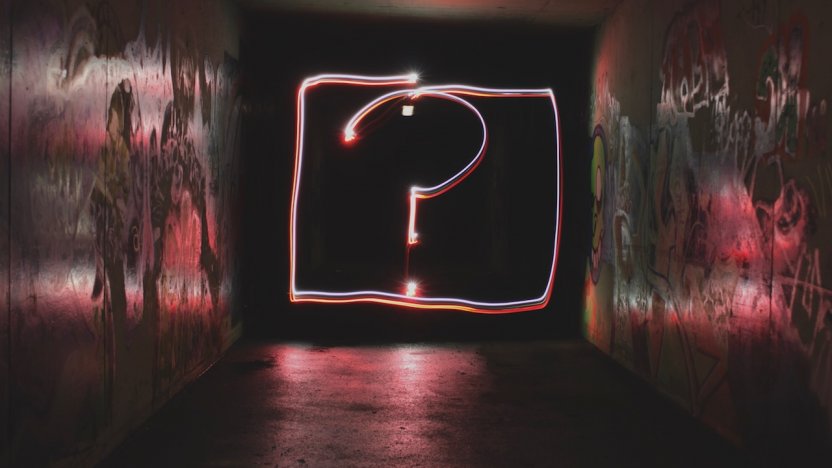Non-traditional trademarks: A sign of the times?

Applications for non-traditional trademarks, such as sounds, smells and motion marks, make up only a small percentage of annual trademark applications in the EU. However, their importance is beginning to grow.
Even traditional businesses are calling on once unusual forms of branding, such as colours, smells and jingles, to differentiate themselves from their competitors. The onus now is on IP professionals to work with those businesses to deliver the legal certainty they need to support these valuable innovations.
Getting started
As the criteria for registering an EU trademark (EUTM) no longer includes the requirement for ‘graphic representation’, it’s possible to file a trademark to protect a sign in any appropriate form – at least in theory. This enables IP owners to more easily register non-traditional signs (such as shapes, sounds, smells, holograms and multimedia), so long as they can be represented in a manner that is ‘clear and precise’, and fulfil the general requirement of distinctiveness.
However, there are still challenges that need to be overcome in terms of clarifying the subjective and objective parameters for such registrations. What can be learned from non-traditional marks that have – and have not – passed the criteria for registration?
EU applications in numbers
At the 2019 MARQUES Annual Conference, held in Dublin last month, Dimitris Botis, Deputy Director of ICLAD at EUIPO, provided delegates with an overview of non-traditional trademark registrations since the reforms to the European Trade Mark Regulation and Directive.
Only around 1,400 out of nearly 300,000 applications filed since 1 October 2017 were non-traditional marks, according to his research, including:
- 66 sound marks, of which 34 have been registered to date
- 64 motion marks, of which 29 registered
- 31 multimedia marks, of which 17 registered; and
- Three hologram marks, of which two have been registered.
He also covered common reasons for refusal and acceptance to date; in particular:
- Sound marks have been refused for being too long (39 seconds) and complex, and for being too commonplace (e.g. the burst of an engine). The sound of a canned drink being opened was also rejected and upheld on appeal for lacking distinctiveness. Applications that have been successful include the sound of the word ‘Barca’, as registered by Barcelona Football Club.
- Motion marks have been refused for being too closely related to the goods or their function (such as the attempt by Bang & Olufsen to register a hand gesture), and for being too instructional (as with a depiction of how to get a dessert out of its packaging).
- Multimedia marks that are purely promotional have been rejected, but some have been found to be distinctive when not directly connected with the goods or services they have been registered to protect. Examples here include Vodafone’s 'Ready' multimedia mark and the ‘Win Win’ logo of the Gothenburg Sustainability Award. See Novagraaf’s own experience of registering a multimedia mark in our article here.
An uncertain landscape
As we have previously covered in our article on smell marks ('A taste of the future?'), uncertainty in this area has led to real frustration on the part of big companies looking to safeguard their IP, with attempts at forward-thinking and innovative registrations arguably being punished due to slow processing speeds.
In a technology-driven world, in which everything and everyone is ‘plugged-in’, the role of these new types of branding is only likely to grow. The subliminal power sounds, smells, holograms and other non-traditional forms of branding has upon consumers potentially provides a massive commercial advantage across the marketplace, as brand leaders in the sector already know. The law may have some work to do if it is to catch-up and provide protection.